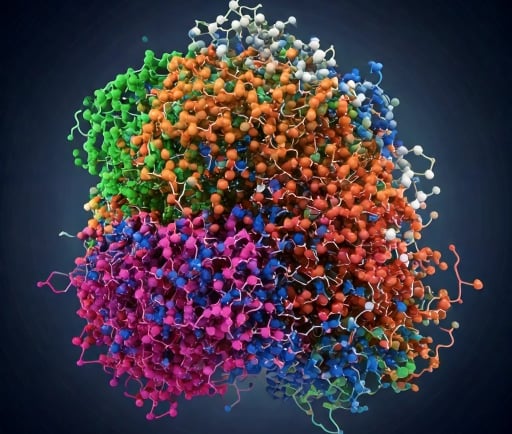Revolutionizing Protein Structure Prediction: Microsoft’s New AI Innovation


Introduction to the Advanced AI Simulation
In recent months, Microsoft has unveiled a groundbreaking artificial intelligence (AI) model that is transforming the way scientists simulate protein activity. This new technology is capable of generating thousands of protein structures at an astonishing rate of 100,000 times faster than traditional molecular dynamics simulations. By leveraging advanced algorithms trained on a mere 200 milliseconds of molecular simulation data, the implications of this innovation are significant.
Understanding the Mechanism Behind the AI Model
The AI model developed by Microsoft utilizes over 9 trillion DNA building blocks and incorporates 750,000 stability measurements, thus enabling it to accurately predict the shape and movement of proteins. Proteins are fundamental to many biological processes, and their functionality is intricately tied to their three-dimensional structures. With Microsoft’s AI, researchers can simulate these structures not only rapidly but also with a level of detail previously unattainable using conventional methods.
Impact on Scientific Research and Drug Discovery
The implications of this rapid protein structure generation extend far beyond mere academic curiosity. In the realm of drug discovery, for instance, understanding how proteins interact with potential therapeutic compounds is crucial. With AI-powered simulations, researchers can iterate on their experiments much quicker, significantly accelerating the identification of viable drug candidates. This could ultimately lead to faster breakthroughs in treatments for various diseases.
Moreover, this technology allows researchers to explore complex protein systems that were previously impossible to simulate effectively. It opens doors to understanding protein folding, misfolding disorders, and potential treatment pathways for diseases such as Alzheimer's and Parkinson's, where protein malfunctions are a core issue.
A New Era for Protein Structure Simulation
As we continue to understand the intricate dance of proteins and their critical roles in human health, Microsoft’s innovative AI solution represents a monumental shift in the field of computational biology. With the ability to simulate protein activity with unparalleled speed and accuracy, scientists are now equipped with the tools necessary to unravel the complexities of life at a molecular level. The future of biomedicine may be on the verge of transformation, thanks to AI advancements that promise to make significant contributions to healthcare and beyond.
